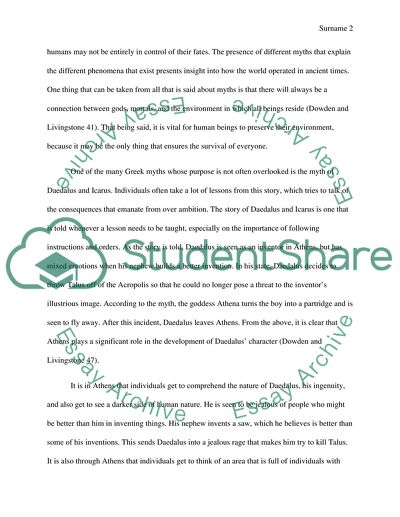Cite this document
(“A Companion to Greek Mythology: Myth and Place Essay”, n.d.)
A Companion to Greek Mythology: Myth and Place Essay. Retrieved from https://studentshare.org/philosophy/1866475-myth-and-place
A Companion to Greek Mythology: Myth and Place Essay. Retrieved from https://studentshare.org/philosophy/1866475-myth-and-place
(A Companion to Greek Mythology: Myth and Place Essay)
A Companion to Greek Mythology: Myth and Place Essay. https://studentshare.org/philosophy/1866475-myth-and-place.
A Companion to Greek Mythology: Myth and Place Essay. https://studentshare.org/philosophy/1866475-myth-and-place.
“A Companion to Greek Mythology: Myth and Place Essay”, n.d. https://studentshare.org/philosophy/1866475-myth-and-place.


